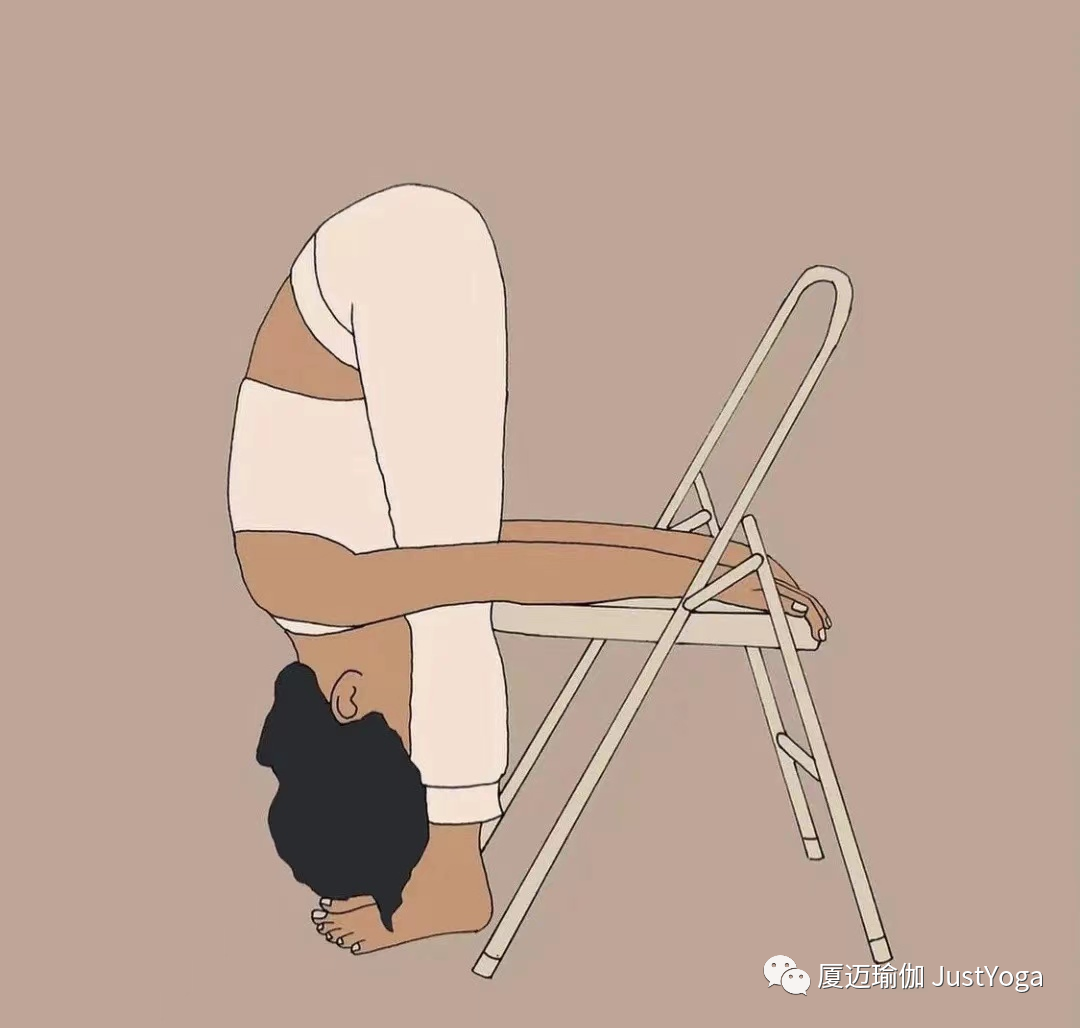For most of us, practicing yoga means doing a lot of yoga movements, that is, doing asanas or practicing postures, which is called asana in Sanskrit.

Most asanas pursue to make the body better.

Academically, they pursue the “physiotherapy effect” of the body – repairing the body and energy to make us healthier.

But you may often see from this number or other places that yoga has a deeper level and significance, that is, what connection, spirituality, samadhi and so on.
To tell you the truth, I can’t say how many such “spiritual” things I have realized.
Although I have some small feelings every once in a while, sometimes these feelings make me feel unspeakable and shocking.
But all my spiritual experiences can only be summed up in a simple sentence: when I practice yoga asana, I know I can become a better person.
Why can a concave body posture make people better? In fact, just from this discovery, it can be said that yoga asana really goes beyond physical therapy and exercise, isn’t it? Asana yoga asana, the yoga asana we now understand and experience, was not like this before; The earlier yoga asana is not the asana we “do” now, but just the asana of “sit”.
The Sanskrit word asana is now recognized as equivalent to asana, yoga, or English pose, but its Sanskrit meaning is “sit” – from the verb “sit down”.
Corresponding to lexical semantics, an asana in ancient times (2500 years ago) did not lift his arms or legs at all, but just sat down steadily, so that a yogi could enter meditation.
Yoga scholar Richard Rosen has written about many ancient yoga traditions: some meditate on tiger skin, some are described as Bhagavad Gita, some are written in patangali’s Yoga Sutra, and recorded and described in yoga esoteric books Although our yoga asana has long been quite different from the original version, many core principles and concepts of “modern” yoga, such as the principle of alignment in asana, start from the spine, the spine is upright, the body is balanced and stable, the breathing is natural and smooth, and the balance of effort and comfort You can still see many core contents derived from these ancient yoga traditions.
Asana Yoga Asana – as far as the forms we practice now are concerned, most of them are relatively modern (many people say that these asanas have evolved for about 200 years), rather than the original version of asana yoga in the tradition.
As Rosen said in his book: asana yoga asana has now completely usurped the throne from its original secondary role to a minor master; The original yoga movement from the body level is not to meditate and sit the body well, or to prepare the body for this ability; In ancient times, the boundary between meditation and asanas was very blurred.
Connecting the body and mind, so we know that yoga asana is a practice that allows us to enter meditation and finally realize the brain body connection.
A yoga teacher once said that her yoga mat is her laboratory, so she can safely explore various elements of life here without explosion.
Another saying I like best is: the beginning stage of yoga is to use the body to complete the asana shape of yoga posture; Later, it is inevitable to use asanas to understand your body; Later, it becomes to use the body to understand your brain, your emotions, and your deeper things, including karma.
Master Iyengar also said that the real importance of asana yoga postures lies in their ability to train and regulate the brain…


